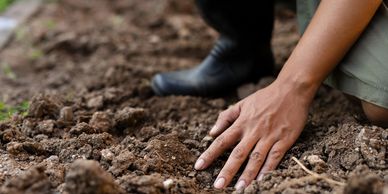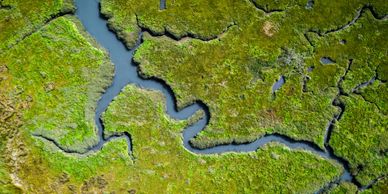Our Services
Soil Health and Condition Testing

On-site testing for compaction, structure, and moisture to assess land readiness for habitat creation, crop improvement, or development works.
Habitat Creation & Restoration

Establishing diverse habitats—grassland, wetland, scrub, woodland, or riparian—to meet biodiversity goals or regenerative farming outcomes.
Nutrient & Organic Matter Analysis
Nutrient & Organic Matter Analysis

Laboratory sampling for pH, NPK balance, and organic content to guide sustainable soil management and reduce reliance on artificial inputs.
Feasibility & Design Support
Nutrient & Organic Matter Analysis

Early-stage advice on soil constraints, habitat potential, and land enhancement options for farm or development projects.
Pasture Growth & Grazing Analysis

Seasonal surveys measuring grass growth, soil health and sugar levels. Findings presented with easy to read heatmaps to help balance grazing and reduce laminitis risk.
Erosion & Runoff Risk Assessment

Identifying erosion-prone areas and designing stabilisation measures that protect soils and downstream habitats.
Infiltration & Drainage Testing
Habitat Enhancement & Connectivity
Infiltration & Drainage Testing

Practical testing for water infiltration and percolation to guide SuDS, pond placement, or crop drainage management.
Carbon & Soil Health Monitoring
Habitat Enhancement & Connectivity
Infiltration & Drainage Testing

Tracking carbon storage, soil vitality, and biodiversity progress as evidence for stewardship schemes or offset commitments.
Habitat Enhancement & Connectivity
Habitat Enhancement & Connectivity
Habitat Enhancement & Connectivity

Improving existing habitats such as field margins, hedgerows, and ponds to strengthen ecological corridors and pollinator value.
Soil & Habitat Mapping
Ecological Pest & Vegetation Control
Habitat Enhancement & Connectivity

GIS-based mapping of soil zones, slopes, and hydrology to support land-use planning, habitat layout, and long-term management.
Ecological Pest & Vegetation Control
Ecological Pest & Vegetation Control
Ecological Pest & Vegetation Control

Nature-based solutions for managing invasive or dominant vegetation using mechanical, shading, and soil-balance techniques—no herbicides required.
Soil Compaction & Remediation Works
Ecological Pest & Vegetation Control
Ecological Pest & Vegetation Control

Restoring soil structure through aeration, subsoiling, and biological methods to boost infiltration and root growth.